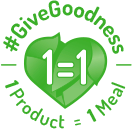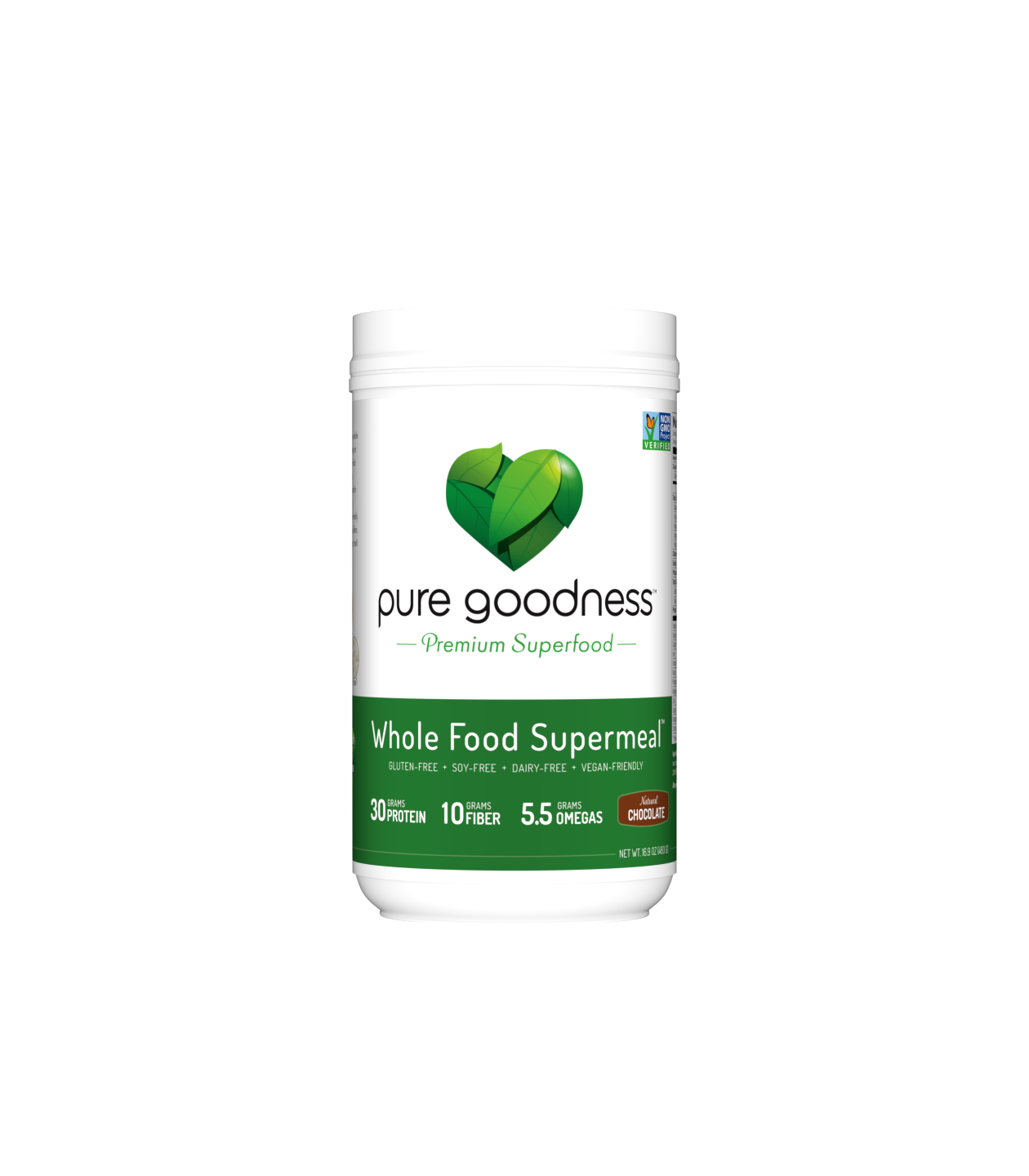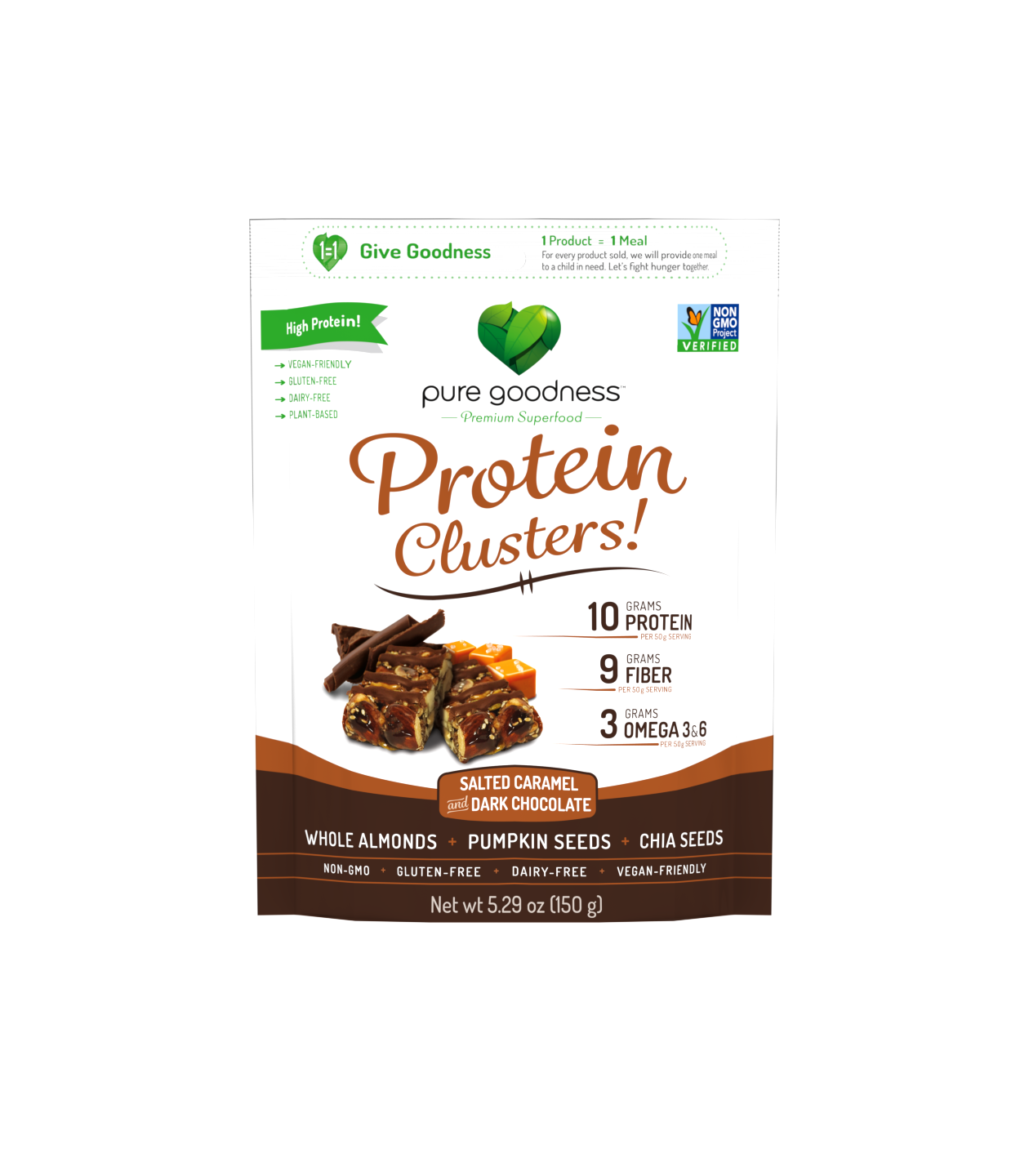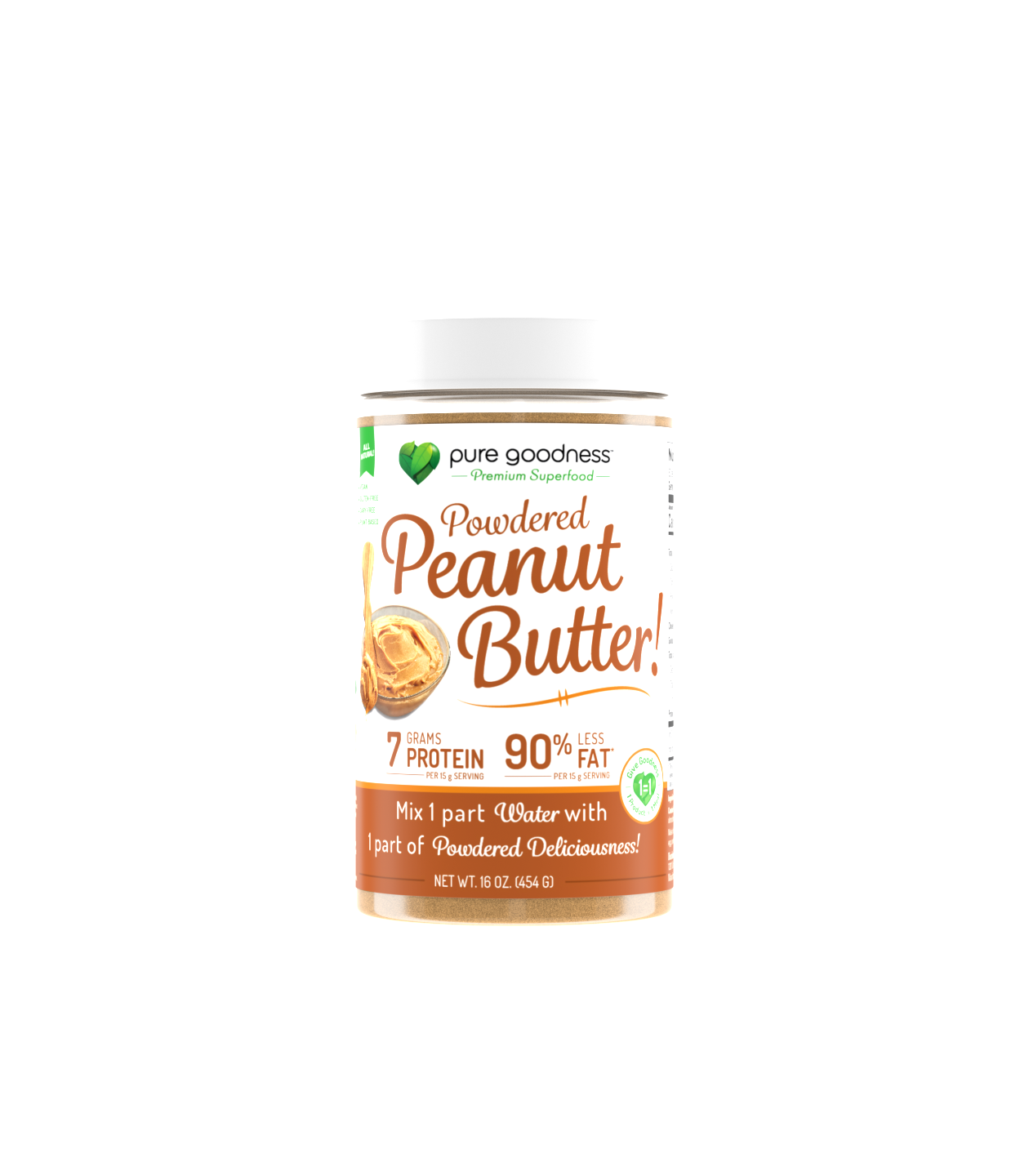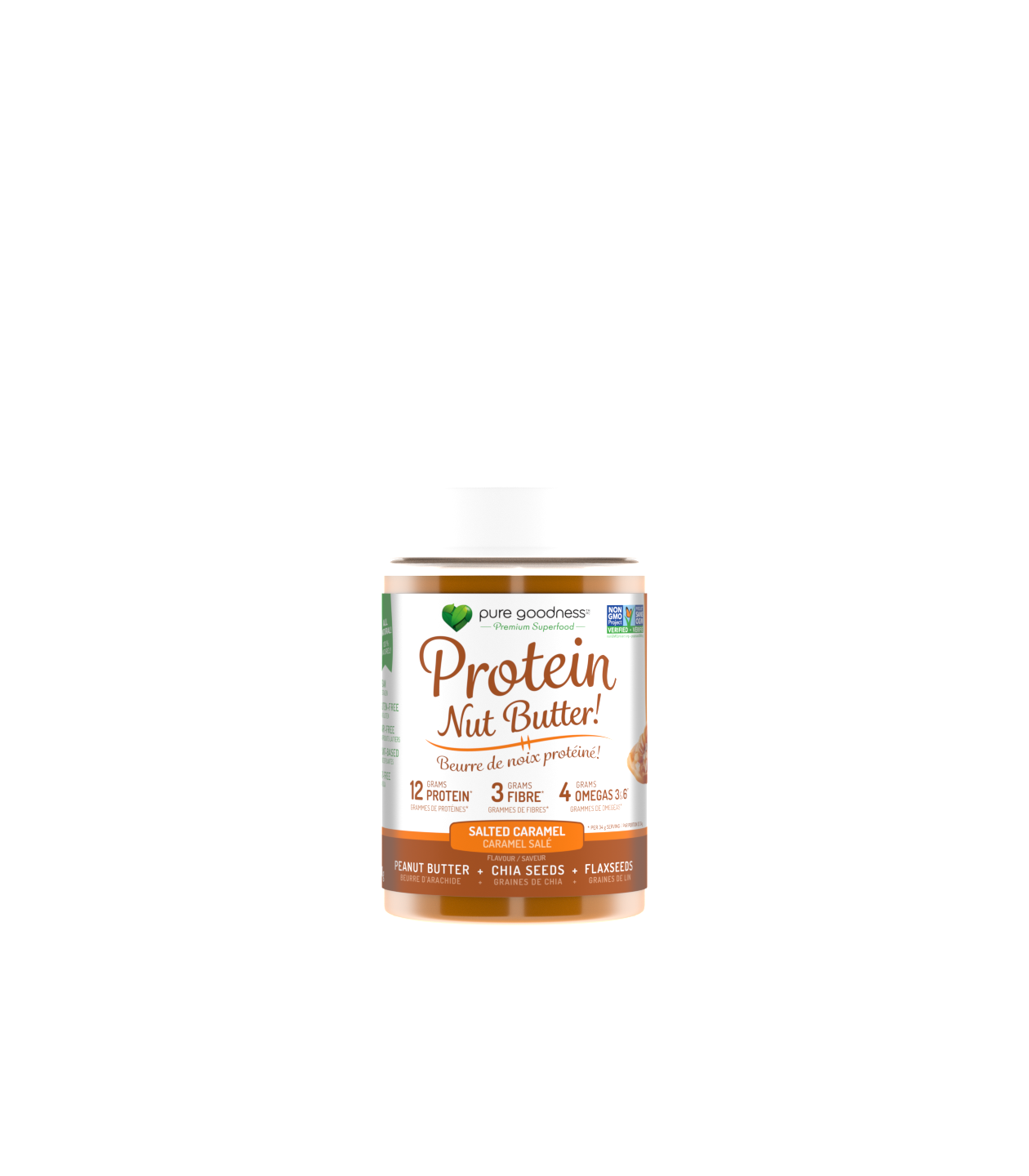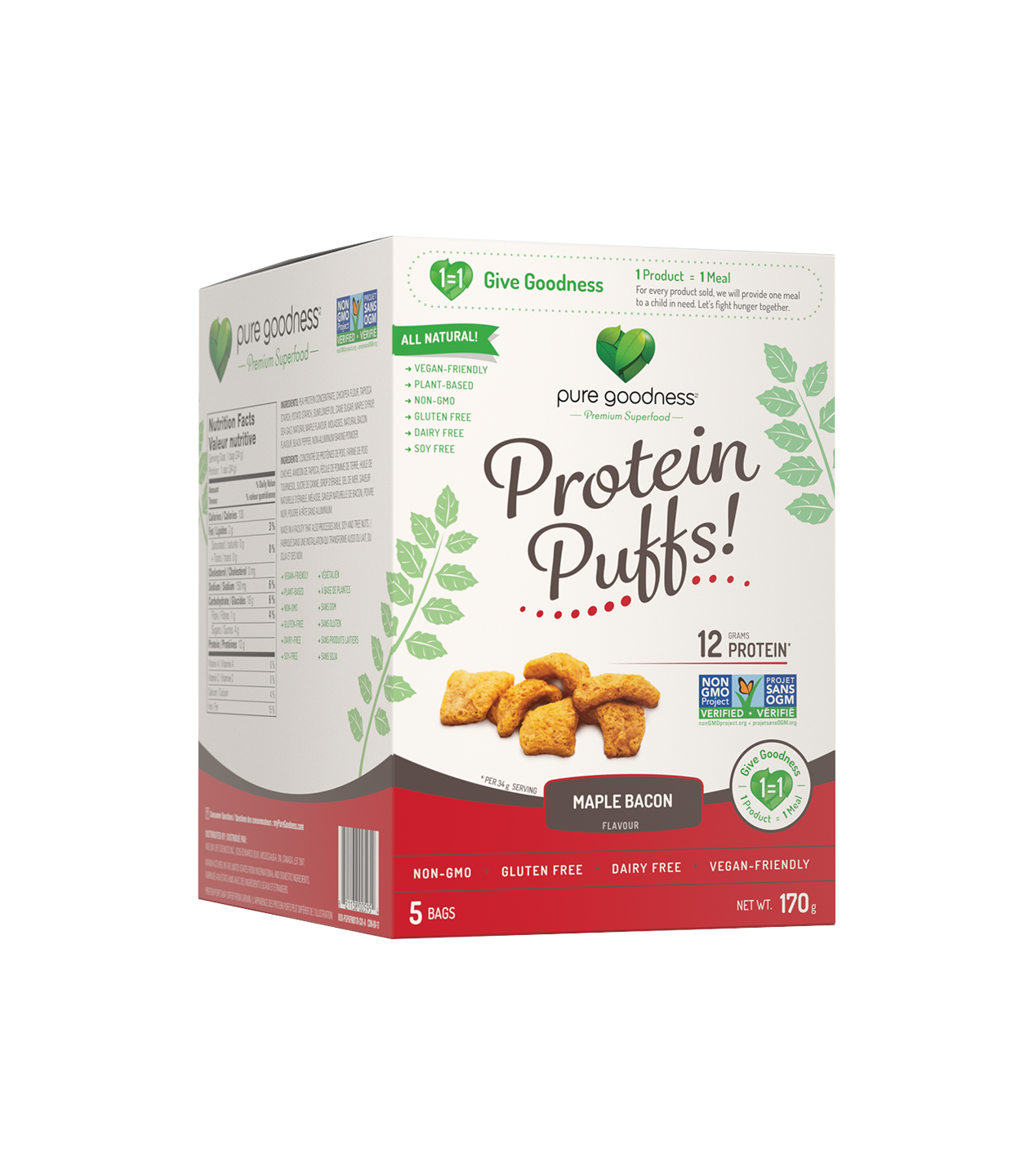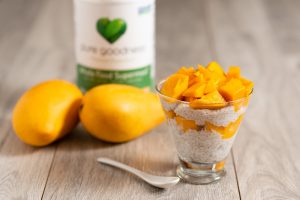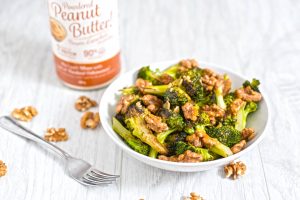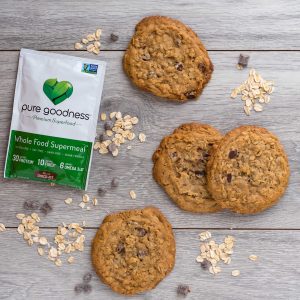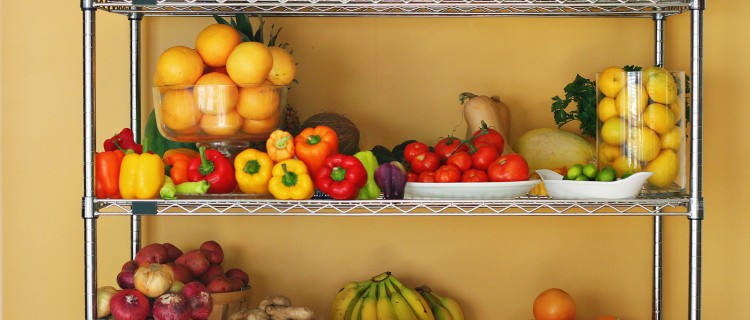
How to Create a Superfood Pantry That Will Change Your Life
When trying to get ahead in your career, they say that you should dress for the job you want, not for the job you have. The same thinking applies when you want to move ahead towards a healthier lifestyle. Decking your pantry out with the nourishing foods that reflect what you want in life – a life of good health, energy, balance and happiness – can shape the very eating patterns that make those goals a reality.
Stocking your pantry up with naturally nourishing and wholesome foods not only turns healthy eating into an easy and satisfying daily habit, but it also makes last-minute healthy meal preparation a quick and hassle-free endeavor.
It’s time to set yourself free of the unhealthy, processed food items that are robbing you of your valuable wellbeing and your valuable pantry shelf-space. Follow this simple 5 step guide to building your perfect superfood pantry, so that clean and healthy eating can conveniently fit into your life. And also your kitchen cupboard.
5 Steps to Create a Healthy Superfood Pantry
- Build a Breakfast Bar. They don’t call it the “breakfast of champions” because it helps you start your day off right. It’s called that because you have to throw it together in record breaking speeds and then race out the door in time to catch the A.M. train to work every morning. Dedicating an easy-to-reach shelf in your pantry to healthy power-breakfast food items will make all the difference between you actually having that nutritious breakfast smoothie or you stumbling out the door with nothing but coffee and a feeling of dread in your stomach. A healthy, delicious breakfast smoothie or well-balanced bowl of nourishing porridge can come together in a flash in the morning if you designate one pantry area for quick add-ins like: Pure Goodness Whole Food Supermeal, Pumpkin Seed Protein, Hemp Protein, raw nuts, nut butters, unsweetened non-dairy milks, coconut oil, cocoa powder, dried dates, prunes and figs, spirulina and powdered greens, steel-cut oats and rolled oats, naturally stimulating spices like cinnamon and nutmeg, and great wake-you-up coffee replacements like matcha green tea, white tea and herbal teas.
- DIY Drizzlers and Dressings. While hydrogenated fats, modified fats and trans-fat lead to health problems, weight gain and disease, healthy fatty acids are essential for good brain health, cardiovascular function, immunity, lustrous looking hair and skin, and for weight management. Toss out all of your blended vegetable oils, vegetable shortening, margarines and chemically extracted oils. Then re-line that pantry shelf with glass bottles of cold-pressed extra-virgin olive oil, flax oil and unrefined nut oils and seed oils for cold drizzling and dressings, and organic expeller pressed canola oil, almond oil, sesame oil, expeller pressed peanut oil, avocado oil and coconut oil to use either cold or for heated cooking. Beside these oils, place bottles of lemon juice, lime juice, wine vinegars, apple cider vinegar, balsamic vinegar, organic rice vinegar, tamari, whole grain Dijon mustard, raw honey, chili paste, curry paste, BPA-free diced tomatoes and tomato paste so that you can mix and match a countless array of flavorful home-made salad dressings, marinades and sauces that are free of harmful additives, preservatives, chemicals and processed ingredients. And right within reach, set up a pantry section for dried herbs and seasonings. Be sure to include sea salts, whole black peppercorns, cayenne pepper, paprika, turmeric, curry, ginger, garlic, basil, oregano, chili powder, red pepper flakes, cinnamon, thyme, rosemary, parsley, tarragon, etc.
- When Dinner Runs Dry. Plant-based high fiber dishes can be whipped up in a jiff when you’ve created a thought-out pantry section for whole-food dry goods. Stow bulk containers of unprocessed quinoa, amaranth, buckwheat, brown and wild rice, barley, soba noodles and whole grain pastas. Then pair these with stocked dry beans that you’ve soaked overnight before use – such as lentils, black beans, kidney beans, pinto beans, aduki beans, navy beans, split peas, black-eye peas, chick peas, etc. – to create a completely balanced, high protein meat-free meal that is packed with fiber and nutrition while low in fat and cholesterol.
- Canned, Boxed & Ready to Serve. Canned beans are a quicker alternative to cooking dry beans, for those days when you just don’t have the time to do much meal planning in advance. Just be sure to rinse and drain them well before using them from a can, and search for BPA-free packages. BPA-free cans of wild, sustainably caught water-packed salmon and tuna come in handy when throwing together a healthy, high-protein salad or omelet for an impromptu meal. Also be sure to stock a good supply of preservative-free organic vegetable broths, chicken broths and beef broths. Not only are these key for throwing together an endless variety of home-made nourishing soups and stews, but they can be used to healthfully saute and stir-fry meat, poultry, fish and veggies without the need for any additional oils.
- A Nosh Niche. Everyone gets the urge to snack on something sweet or salty every now and again, so it’s important that you allow yourself to satisfy the itch without the guilt or the unhealthy snacking options. Allow yourself a small pantry stash of your favorite in-shell nuts and seeds, unsweetened dried fruits, dry roasted crunchy garbanzo beans, kale chips and bean chips, dark chocolate and dry popcorn kernels that you can pop stove-top or in an air popper.
Resuscitate both your kitchen and your lifestyle with this Pantry First-Aid Kit, and create the healthy, wholesome home that you seek to embody.
